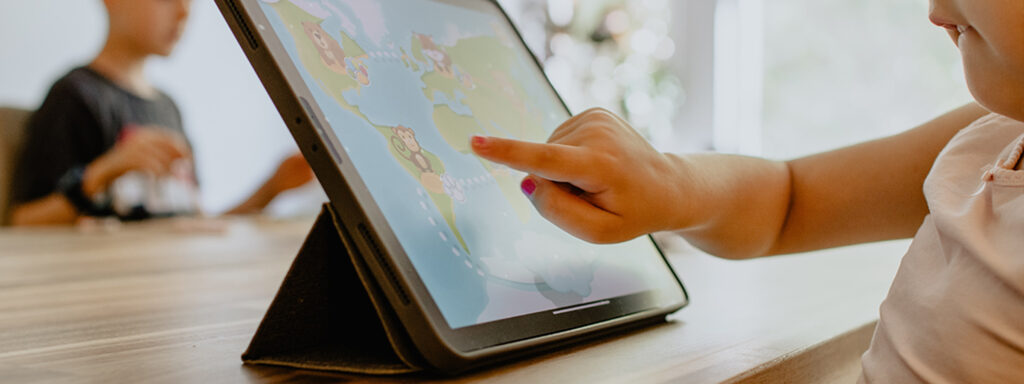Are we headed for hybrid education? How data literacy can democratize the remote learning opportunity

As the adoption of hybrid working increases, we must consider the implications for the education system if it follows the same trend.
The start of a new academic year is upon us – a time that brings both the opportunity to learn and trepidation at the work and examinations to follow. In 2021, students across the world have returned to their education with little visibility of what it will look like and whether it will be wrapped up in an increasingly hybrid society.
We’ve already seen such changes in the world of work, with many businesses adopting a hybrid model. But despite the enforced trials of home learning during the pandemic, the future of hybrid education is less apparent.
The complexities of remote learning
While some parents and students will have enjoyed the online learning experience, others will have found it extremely disruptive. Crucially, having the right equipment, digital tools and internet connection to access online education has, in many cases, widened achievement gaps across socio-economic demographics. The quality of teaching may also have dropped – at least as educators adapted to the new style – and of course lockdowns removed certain in-person learning opportunities, like field trips. Mandatory restrictions also impacted non-academic learning opportunities, from organized sports clubs to the development of social skills and relationships that can’t be taught as part of a curriculum.
But looking further ahead, remote learning could benefit students in some ways, removing distractions from classmates and providing equitable access to teaching materials and attention. Digital platforms could improve access to quality teaching, given that it would not need to be defined by the size of a physical classroom. However, remote learning needs parental supervision, which in turn requires parents to have the free time or a sufficiently flexible working arrangement to accommodate this. For university students, having an appropriate place to study undisturbed is key – not always guaranteed outside of a structured learning environment.
Blended learning will lean on data
If trends in the workplace are anything to go by, remote learning will play an increasing role alongside in-person education – but what does this mean for teachers and students? Simply moving teaching online will not effectively cater to a new generation of students figuring out how to make sense of this new learning environment.
At its core, there will be a greater onus on how teachers present information and data points, to ensure concepts are clearly understood without the benefit of being in the same room. This shift also means incorporating more interactive exercises and opportunities for independent research, where findings can be reviewed and sources interrogated in a virtual forum. This would allow students to learn the subject itself, as well as develop the broader data literacy skills – through gathering, assessing and analyzing information – that are in increasing demand in the workplace.
In practice, this means content must be evolved and implemented specifically for remote and hybrid delivery. For example, the flipped classroom technique is based on students completing some of their initial readings on a given topic remotely. In the subsequent live session with a teacher, they can focus on exercises which use critical thinking to apply those skills. To ensure students have the same baseline knowledge before attending the live sessions, the content should include multiple assessments where real-time data can determine which students need more practice and which can progress.
Looking ahead to a hybrid future
The enforced changes to the world of work have prompted a wholesale evolution in the way many industries operate. Although doing the same in the educational ecosystem is a very different proposition, the potential for a hybrid model to democratize quality, data-driven education could turn what was seen as an additional chore for parents into a new era for learning. While this may have the most obvious applications in higher and secondary institutions, even those catering to younger students should be considering new ways of introducing data-led concepts so they become comfortable with analyzing information from an early age.
As students and educational institutions adapt to this new world, both groups must be alive to ramifications of a hybrid model. For the latter, ensuring that in-person and remote learning is consistent, while evolving the presentation of data to make teaching via digital platforms viable, will likely be crucial to their success.
For more information and resources for educators, take a look at our learn page: Learn – Data Literacy Project (thedataliteracyproject.org).